Tools now available for new economic rise
This year Vietnam is placing priority on continuing vaccine diplomacy, with all meetings and talks with leaders of governments and ministries of foreign countries to include the purchase and transfer of vaccine and related production technologies against COVID-19 and other potential pandemics.
“When all people are fully vaccinated, we can ensure smooth domestic production and consumption, and effective physical contact in society, and this will help boost economic growth,” said Prime Minister Pham Minh Chinh.
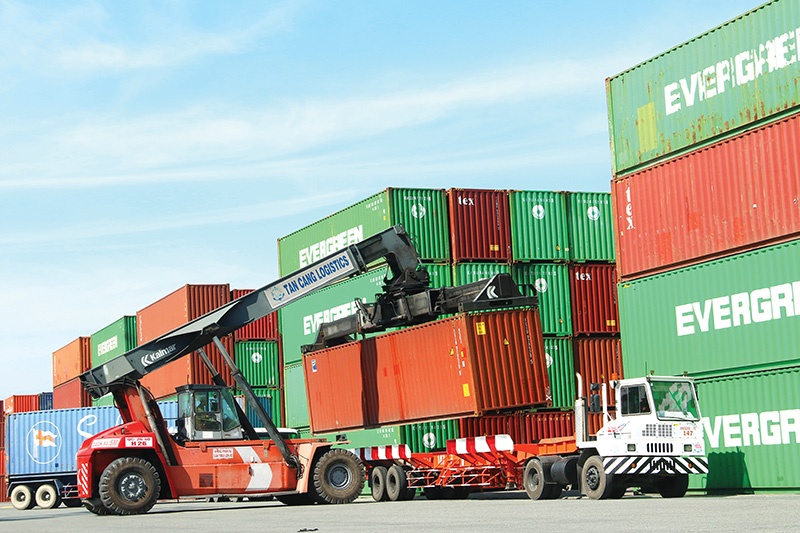 |
| Tools now available for new economic rise |
In a resolution of the government’s cabinet meeting for January released two weeks ago, the government ordered the “more expeditious” implementation of the country’s spring vaccination campaign with safety and effectiveness, with the completion of the third shot for all people under the current vaccination age within Q1, while soon boosting the inoculation for children, in addition to boosted vaccine diplomacy.
Australia has delivered 3.6 million Pfizer COVID-19 vaccine doses to Vietnam over recent weeks through a procurement agreement with UNICEF and in partnership with the Ministry of Health. The final 2.2 million doses came to Vietnam a week ago.
This delivery completed Australia’s commitment to share 7.8 million of the vaccine doses with Vietnam. In addition to the Pfizer doses procured through UNICEF, Australia has shared 4.2 million AstraZeneca doses from its own supply since August last year.
“Vietnam has proven itself highly efficient in the safe delivery of vaccines, ensuring that these are utilised effectively,” UNICEF representative Rana Flowers said.
On February 15, PM Chinh for the second time proposed that chairman and CEO of Pfizer, Albert Bourla, help accelerate the delivery of 22 million doses of its COVID-19 vaccine for children aged 5-11 in Vietnam, with a goal of completing the contract in April or May at the latest.
Bourla replied that he will make every effort to speed up the implementation of the contract as soon as possible. He also stated that Pfizer can cooperate with Vietnam in transferring technology to produce drugs to treat COVID-19.
By late last week, Vietnam had injected around 190 million doses of vaccines, with over 75 million people now fully inoculated with two doses, and more than 34 million booster shots and third shots administered.
The World Bank said that Vietnam’s accelerated vaccination rollout has and will help protect individuals and enterprises from bigger burdens, and this will also help create greater momentum for economic growth.
Attempting to bounce back
Besides boosting vaccination, the government has also lifted some mobility restrictions in a bid to recover the tourism sector, which directly created 9.2 per cent of GDP in 2019 and grew 22.7 per cent in the 2015-2019 period.
Vietnam suspended the entry of all foreigners in March 2020, with strict exceptions for diplomats, officials, foreign investors, and some experts. However, the government is set to reopen Vietnam for international tourism from March 15. The country has also lifted restrictions on the frequency of regular international flights from February 15.
Besides this, a new economic recovery support programme for 2022-23 was launched in January. “Under this programme, overall planned on-budget fiscal measures are an estimated 4.5 per cent of revised GDP. On the revenue side, the inclusion of tax and land rental deferrals reflects the relative success of these fiscal tools since the beginning of the crisis,” commented the World Bank in its February bulletin.
Additionally, the VAT rate has been cut from 10 to 8 per cent for most sub-sectors, amounting to an expected 0.6 per cent (of revised GDP) reduction in VAT receipts. All revenue measures are to be implemented in 2022. The expenditure component (2.2 per cent of revised GDP) is mostly composed of public investments and interest rate subsidies. Public investments (1.6 per cent of revised GDP) include accelerating the projects in transport already listed in the Medium-term Public Investment Plan 2021-2025 and new projects in health, education, social protection, employment, digital transformation, tourism, and climate change adaption.
“The bulk of these new investments will be implemented in 2023, and thus may not impact growth substantively in 2022,” the World Bank said.
At a seminar held by the Ministry of Foreign Affairs and Standard Chartered Bank on February 18, Edward Lee – chief economist for ASEAN and South Asia at Standard Chartered Bank – said Vietnam’s economy is forecast to bounce back strongly, growing at 6.7 per cent this year and 7 per cent in 2023.
Tim Leelahaphan, economist for Vietnam and Thailand at Standard Chartered, also expected Vietnam to remain “a key part of the global supply chain as rising wages in China and US-China trade tensions have compelled companies to relocate their production centres out of China or to opt for a China+1 strategy.”
Meanwhile, the Singaporean-based ASEAN+3 Macroeconomic Research Office (AMRO) has projected that Vietnam’s growth rate may reach about 7.5 per cent this year. Luke Hong, group head and lead economist for Vietnam under AMRO, told VIR that as Vietnam is a highly trade-oriented economy, one of the key growth drivers for 2022 would be the manufacturing sector.
“If Vietnam can sufficiently contain the pandemic and minimise mobility restrictions, particularly on factories and workers, its manufacturing sector will continue to benefit from the recovery in external demand, which has led to expanded capacity even during the pandemic.”
Another key driver of growth for 2022 is the service sector, Hong said, which contracted considerably in the third quarter of 2021, as social restrictions imposed during the pandemic peak dampened domestic demand. “Looking ahead, we expect the service sector will continue to rebound as restrictions are loosened in tandem with faster vaccination rollout, allowing it to recover alongside the manufacturing sector,” he explained.
Expecting more investment
According to the Ministry of Planning and Investment, Vietnam remains an attractive destination for foreign direct investment (FDI), which may surge this year. Authorised agencies have been working with foreign partners looking to relocate their production centres.
During January, Vietnam lured in $2.1 billion in newly registered investment capital, with $1.6 billion disbursed, up 6.8 and 4.2 per cent on-year, respectively.
It is expected that FDI into Vietnam for the first two months will be far higher thanks to new registrations. For example, Samsung Electro-Mechanics in the northern province of Thai Nguyen nearly two weeks ago was licensed to increase its registered capital by another $920 million from the initial $1.35 billion, in a plan to produce camera modules, actuators, touch sensor modules, and linear motors, among others.
A few weeks ago, Samsung Vietnam publicised its 2021 business results, at $74.2 billion in revenue, up 14 per cent on-year. The group’s export turnover hit $65.5 billion, an on-year rise of 16 per cent.
Hong of AMRO said, “Despite the global disruptions caused by the pandemic, FDI continues to pour into Vietnam.” According to him, inflows dropped only slightly from $16.1 billion in 2019 to $15.8 billion in 2020, reflecting the impact of the decline in overall global investment activity.
However, the drop was somewhat offset by reconfigurations in global supply chains from China to other countries, including Vietnam, thanks to its effective management of the pandemic situation in 2020.
“FDI has been relatively resilient in 2021 and is expected to remain strong in 2022. This plays a key role in supporting Vietnam’s economic growth as manufacturing capacity is being expanded to take advantage of the recovery in external demand as well as emerging investment trends due to the pandemic-induced shift to digitalisation, which has benefited Vietnam’s electronics production and exports,” Hong added.
Meanwhile Takeo Nakajima, head representative of the Japan External Trade Organization, has told the media that Vietnam will continue to be one of the most attractive investment destinations for Japanese firms, especially after the recent visit to Japan by PM Chinh, who oversaw 25 cooperation agreements worth up to $12 billion.
“The agreements have set up a strong foundation for Japanese investment to flow into Vietnam in 2022 and the near future,” Nakajima said.
What the stars mean:
★ Poor ★ ★ Promising ★★★ Good ★★★★ Very good ★★★★★ Exceptional
Related Contents
Latest News
More News
- Development highlights in Q1 through expert’s lenses (April 08, 2024 | 16:48)
- Vietnam logs 17.1 million business cyberthreats in 2023 (April 08, 2024 | 16:34)
- Vietnam now China's top ASEAN trading partner (April 08, 2024 | 16:26)
- Vietnamese businesses grapple with surging exchange rates (April 08, 2024 | 09:59)
- PM outlines 10 socioeconomic achievements in first quarter (April 04, 2024 | 08:00)
- Implementation strategy for new power development plan approved (April 03, 2024 | 15:14)
- Wood sector sees signs of recovery (April 02, 2024 | 06:56)
- Ba Ria-Vung Tau received major investment boost in Q1 (March 29, 2024 | 17:22)
- More chinese solar-tech manufacturers enter Vietnam (March 29, 2024 | 16:10)
- Canadian businesses focus on green energy and agriculture in Vietnam (March 29, 2024 | 10:04)



 Tag:
Tag: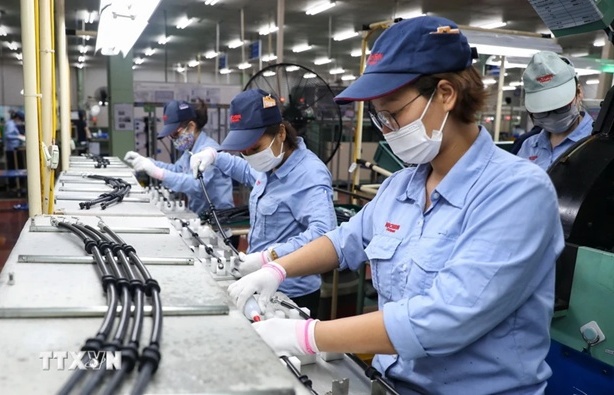
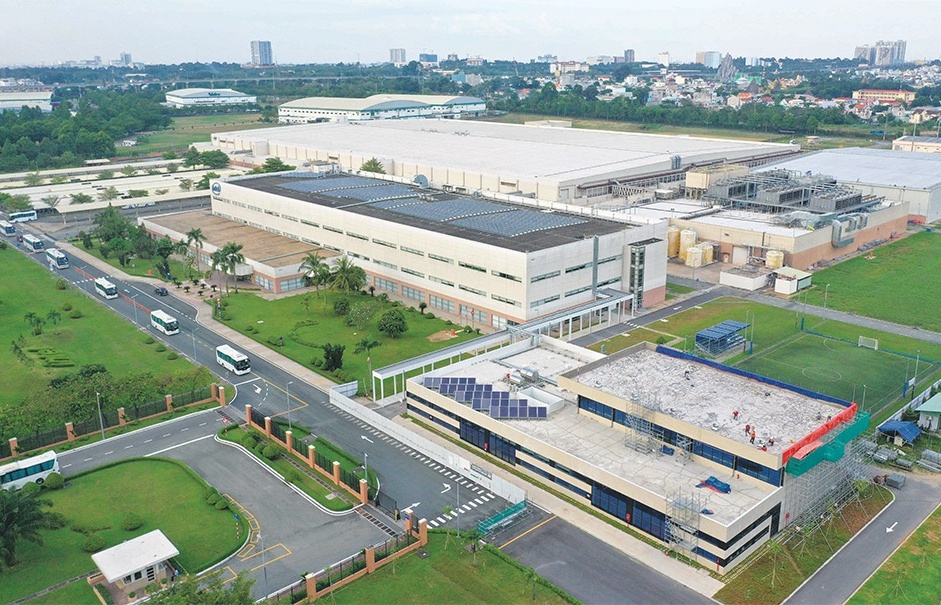
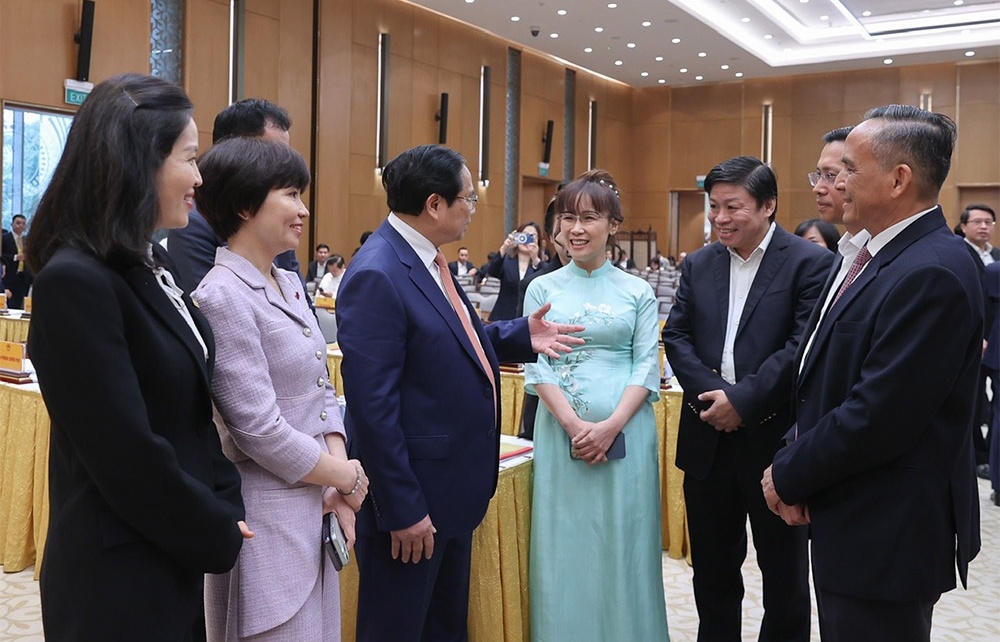
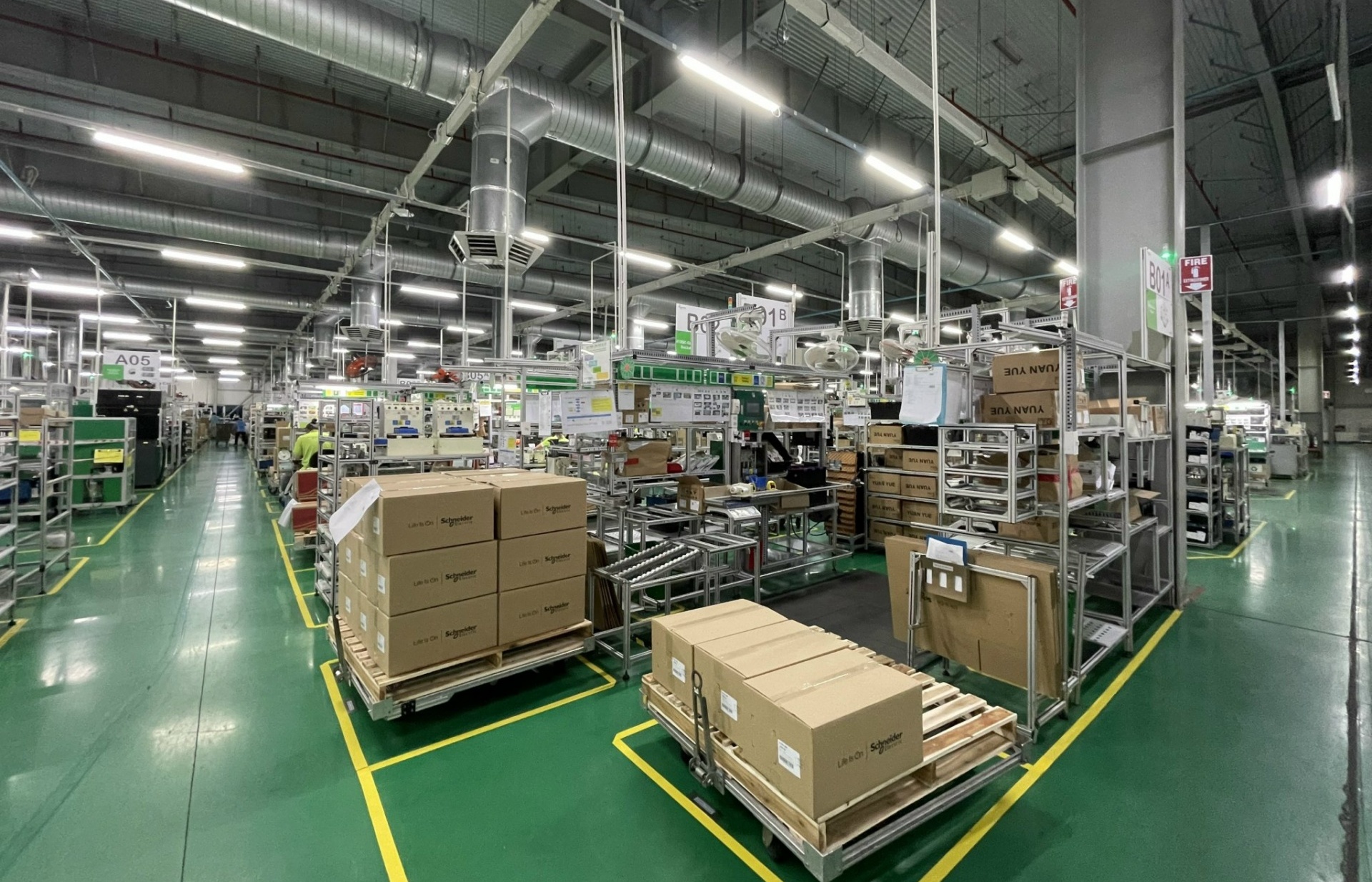
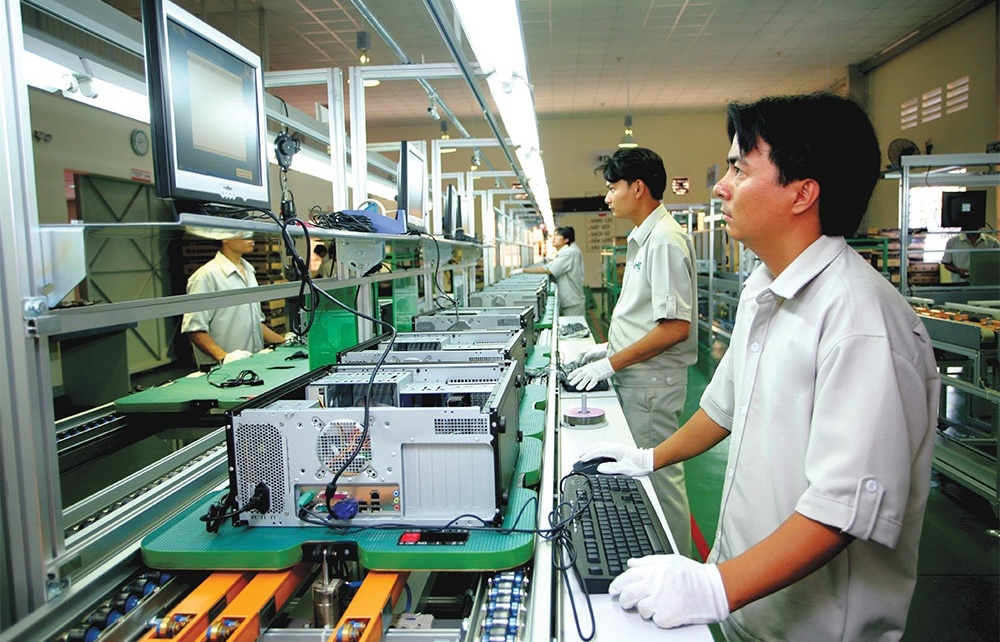
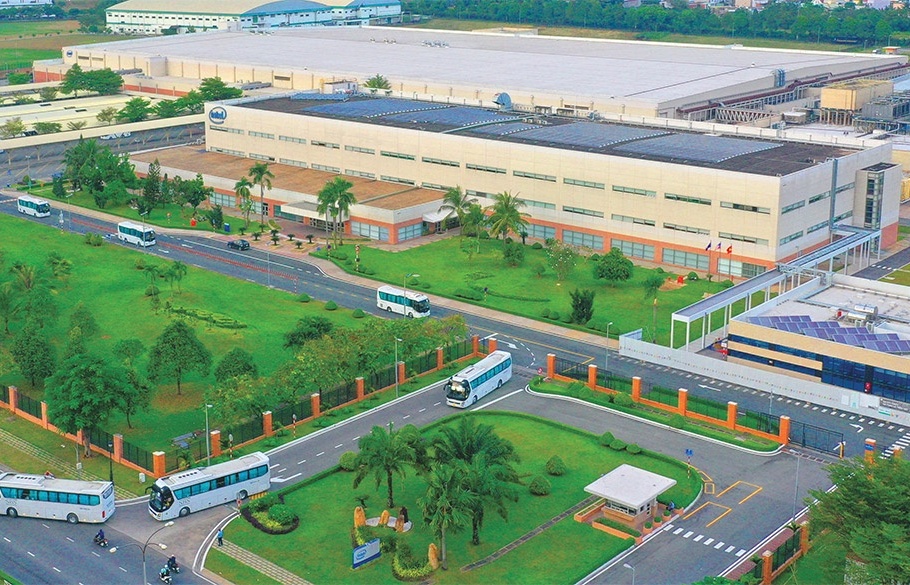


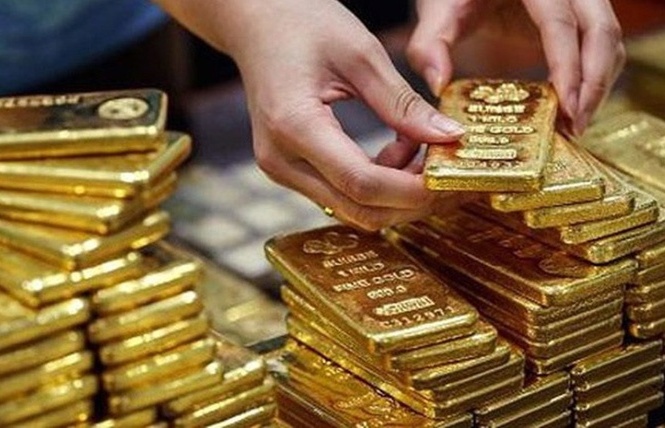
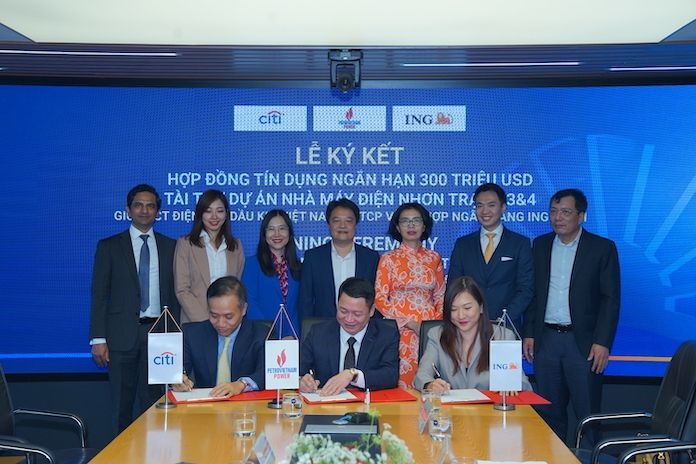

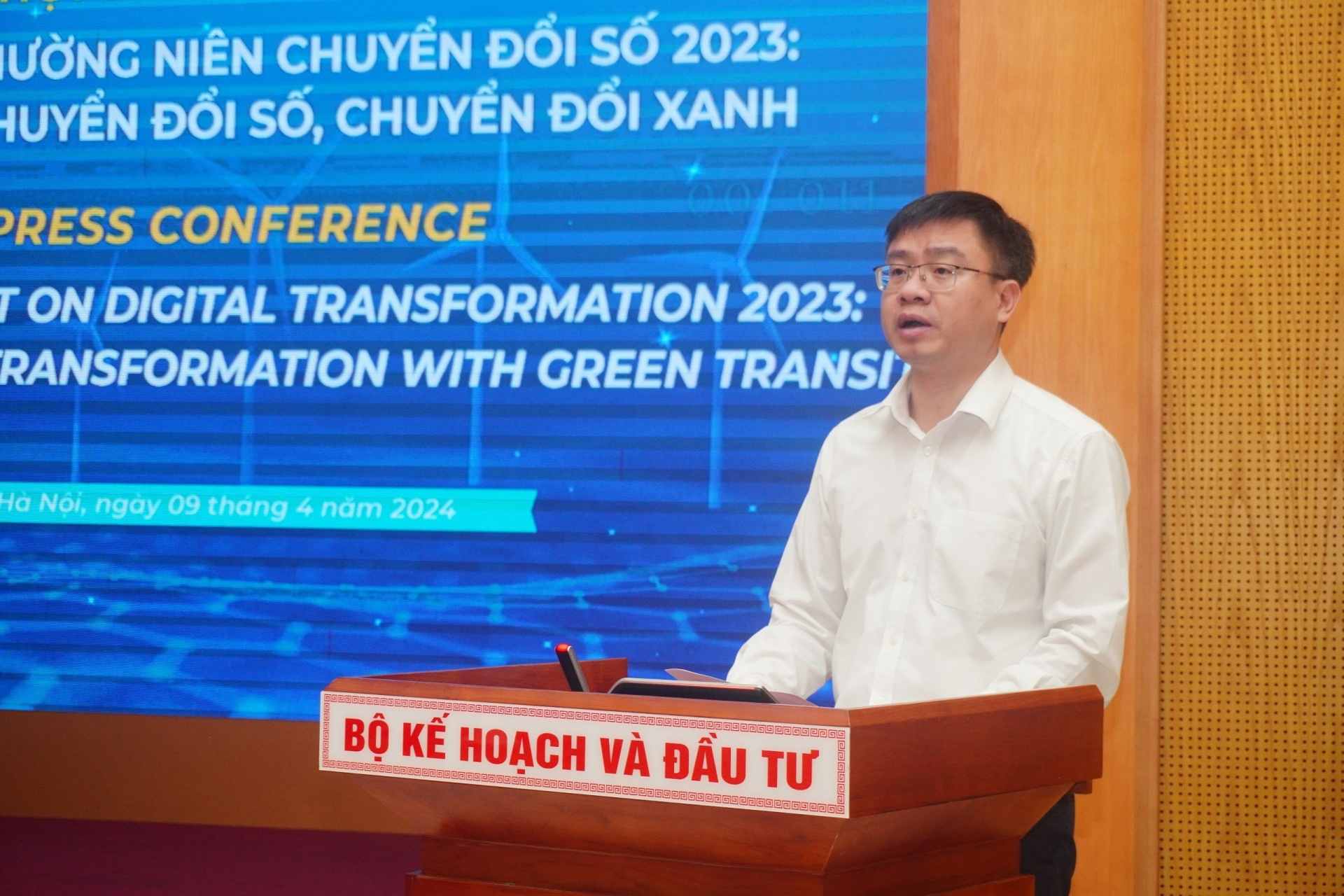









 Mobile Version
Mobile Version